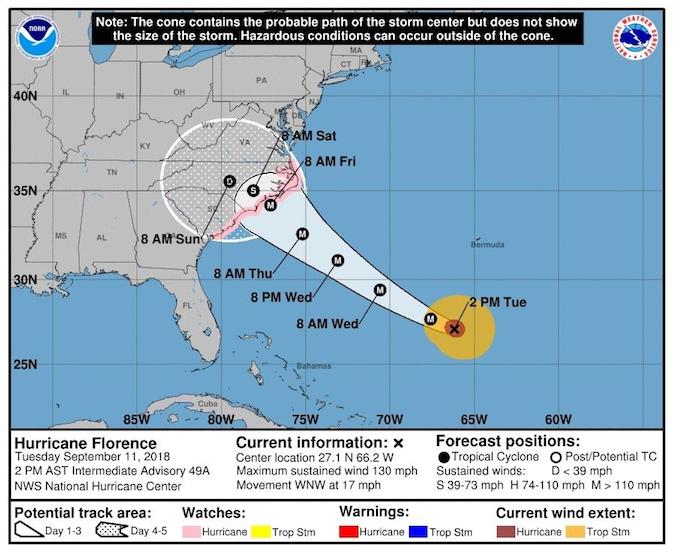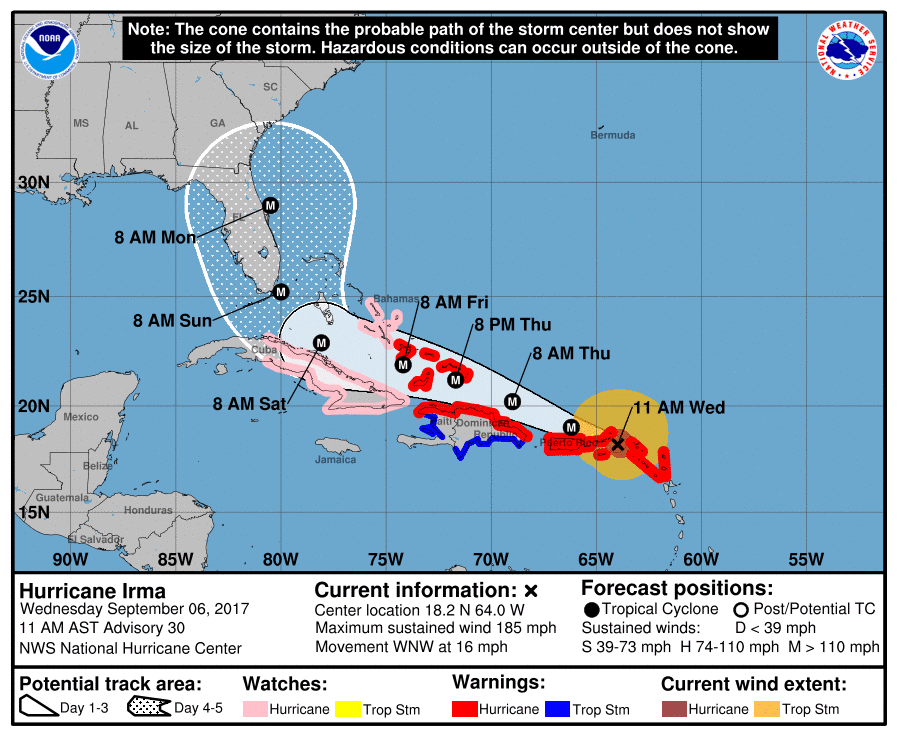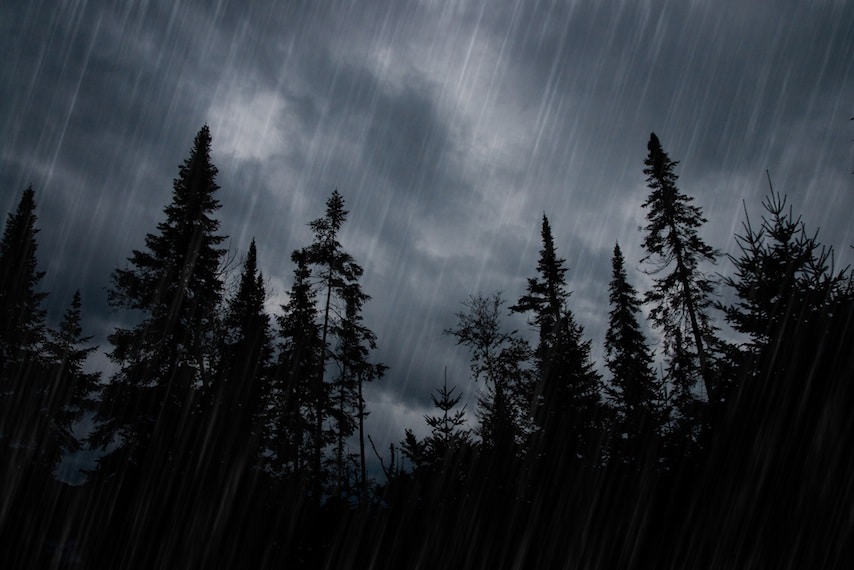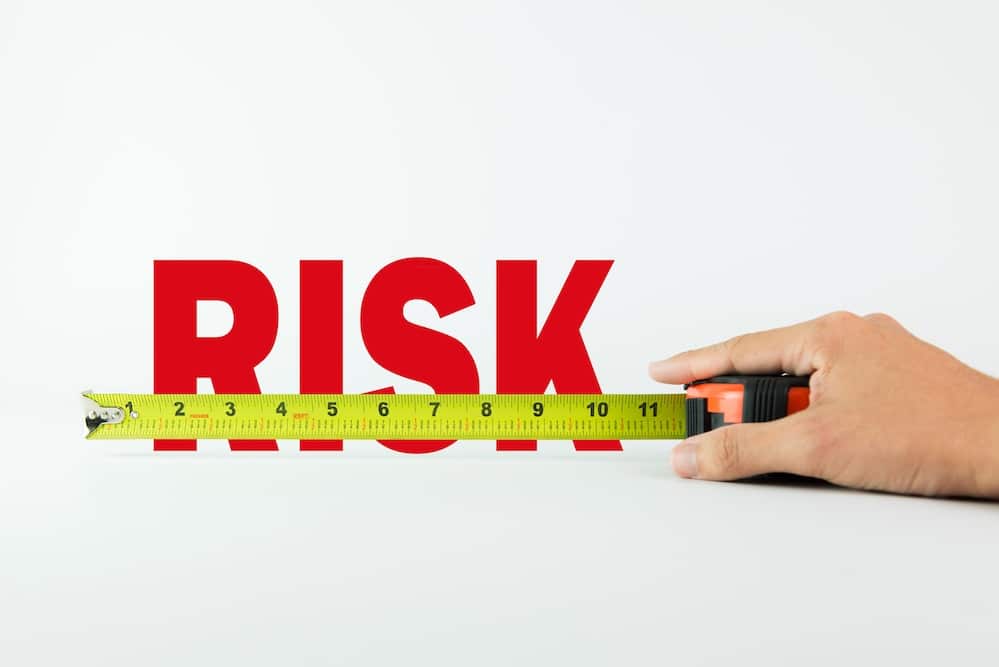Let’s Add Humble to the 5 ‘Umbles’ of Hypothermia
Risk ManagementHypothermia is deadly. There, I said it! This potentially dangerous drop in body temperature is commonly defined as a core body temperature below 95 degrees Fahrenheit (35 degrees Celsius) after dropping from a healthy temperature of about 98.6 degrees Fahrenheit or 37 degrees Celsius.
The slightest variance from the “normal” range can disrupt the body’s ideal operating conditions, known as homeostasis. The negative impact of hypothermia on homeostasis is dramatic and therefore should not be underestimated. Hypothermic progression follows a path, moving first more slowly, then more rapidly toward non-movement and when properly treated, onto death.
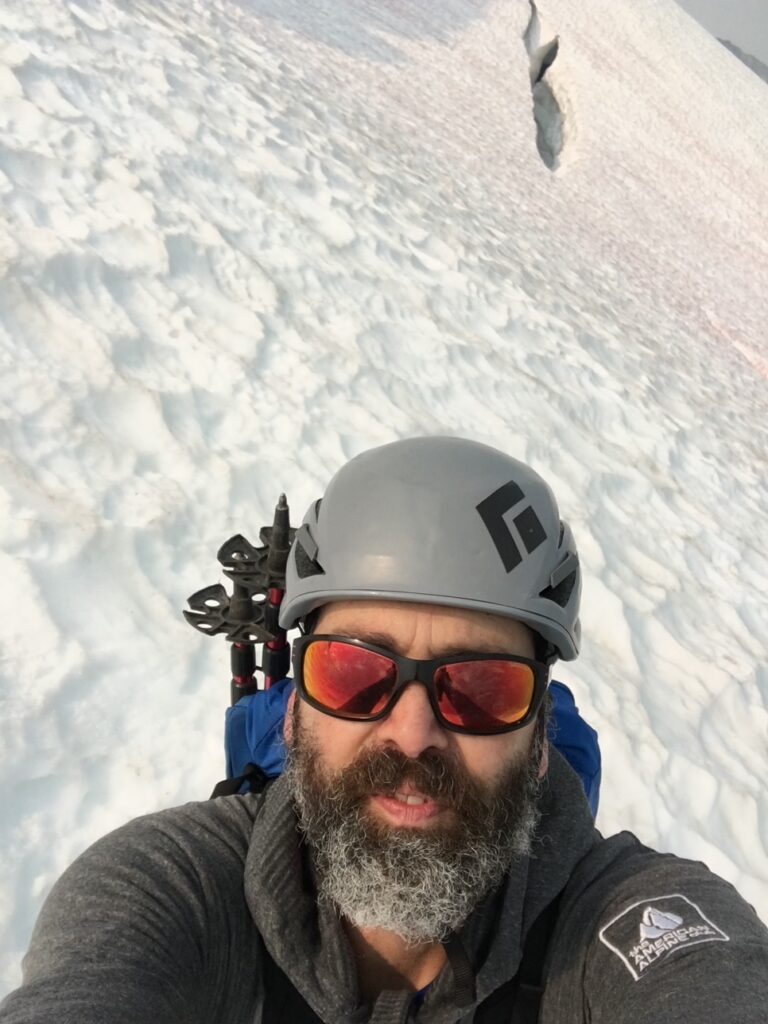
Movement is life. Living things grow, evolve, learn and work to improve their circumstances. Non-living things hold fast to current circumstances unless acted upon by an outside force. As we’ve all experience, movement generates warmth, and this case, it combats hypothermia. A creature that has the appropriate amounts of items necessary for movement will generally maintain a body temperature conducive for life.
These items required for movement include nutrients, health, fitness, clothing, and sometimes technical outdoor tools such as an ice axe and crampons. A breakdown of these items leads to decreased movement and reduced temperature. In this post, we will look at the hypothermic process using the five umbles: (more…)
Concussion Recognition and Treatment in the Backcountry
Wilderness Medicine TrainingConcussion recognition and treatment has gotten a lot of attention over the last decade, mostly in the context of youth and professional sports such as tackle football and soccer. It’s even a topic for those who serve in our armed forces. However, confusion over its prevention, diagnosis, and treatment remains widespread.
In an interview with a reporter from the Chicago Sun Times, former National Football League quarterback Brett Favre, who was knocked out cold only once in his 20-year career, claimed that “probably 90 percent” of the tackles he endured left him with a concussion.
He’s most likely correct in that estimation. After all, the definition of “concussion” is broad: “A concussion is a brain injury, a disturbance in brain function induced by traumatic forces, either from a direct blow to the head or a transmitted force from a blow to the body.” It disrupts brain function at the cellular metabolic level but does not result in major structural damage. Conventional MRI or CT scanning will not show evidence of a concussion.
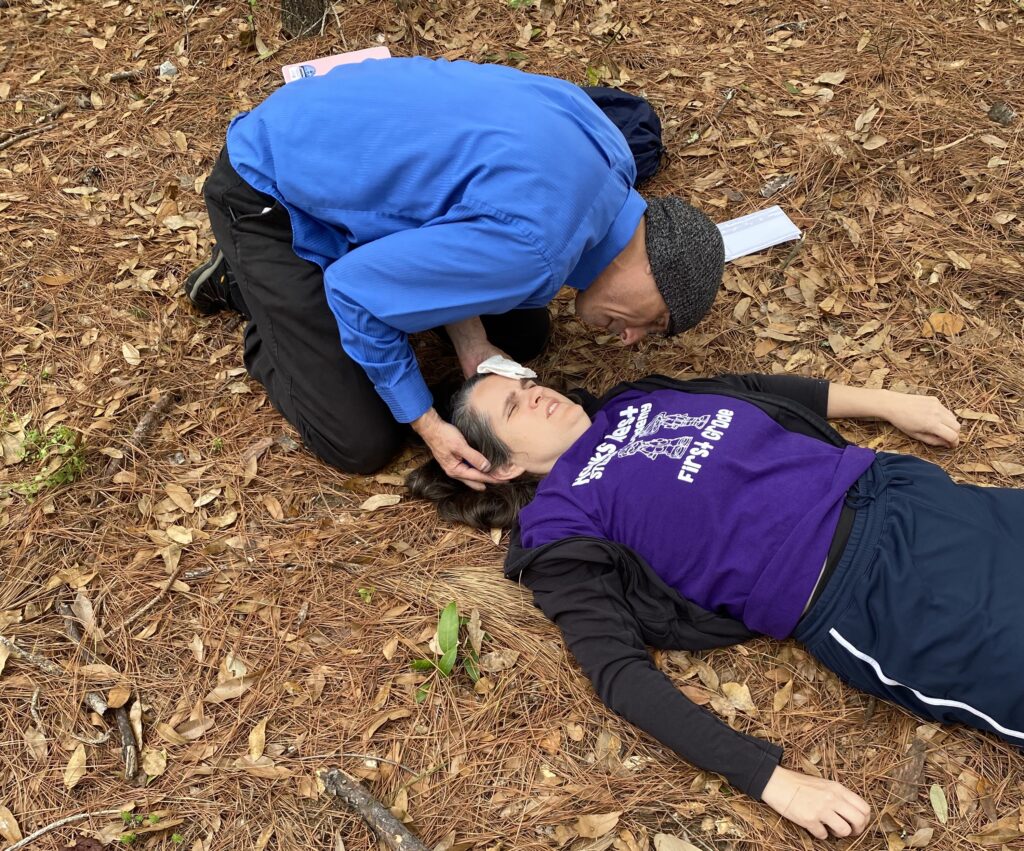
So, how do you know if you or someone else has suffered a concussion while in the backcountry? And, after having made that determination, what should be done? Having clear answers to these two questions is essential for successful recovery and to prevent long-term cognitive and psychological complications. This is true no matter where the concussion takes place, but especially in the backcountry where medical treatment from a full-time team is unavailable. (more…)
Avoiding Target Fixations and Incident Pits in the Backcountry
Risk Management“Look where you want to go!”
I have conveyed this message to wilderness course participants countless times, shouting, screaming, and using hand signals when necessary. Sometimes I’m yelling above the roar of a set of rapids or the sound of an adjacent waterfall.
“Look where you want to go!”
I emphatically issue the same advice while watching climbers rappelling down a cliff, or verbally guiding a student on a mountain bike through a sketchy section of trail. In each case, the point of my shouting is to get the students to stop looking at the obstacle.
“Look where you want to go” really translates as “Stop looking at the obstacle! Don’t fixate on the hazard!”
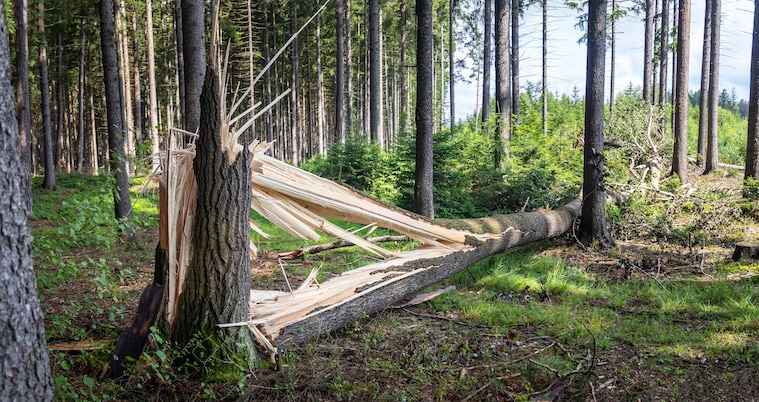
And it doesn’t matter if you’re a Wilderness First Responder approaching the scene of a backcountry incident, or a student on a wilderness course attempting to navigate a perceived hazard or obstacle, looking too closely at a hazard you want to avoid can be very dangerous.
At first glance — no pun intended — you might think it wise to actually look closely at the hazard you want to avoid. No argument there. You absolutely need to identify obstacles, especially in the backcountry and other places considered Wilderness. In fact, identifying an obstacle is a key factor in remaining safe.
But here’s the thing: (more…)
The Role of the Wilderness First Responder During Water Rescues
Wilderness Medicine TrainingIt may surprise you to learn that drownings — along with heart attacks and falls — are among the leading causes of death for those who venture into the wilderness for recreation or education in the United States.
Statistics show that there are nearly 4,000 fatal drownings each year in the United States, with a little more than 8,000 nonfatal drownings. These figures include boating-related drownings. In fact, the threat of drowning is so prevalent that the first edition of the NCOAE Wilderness Medicine Field Guide devotes an entire section to Environmental Submersion and Drowning Injury.
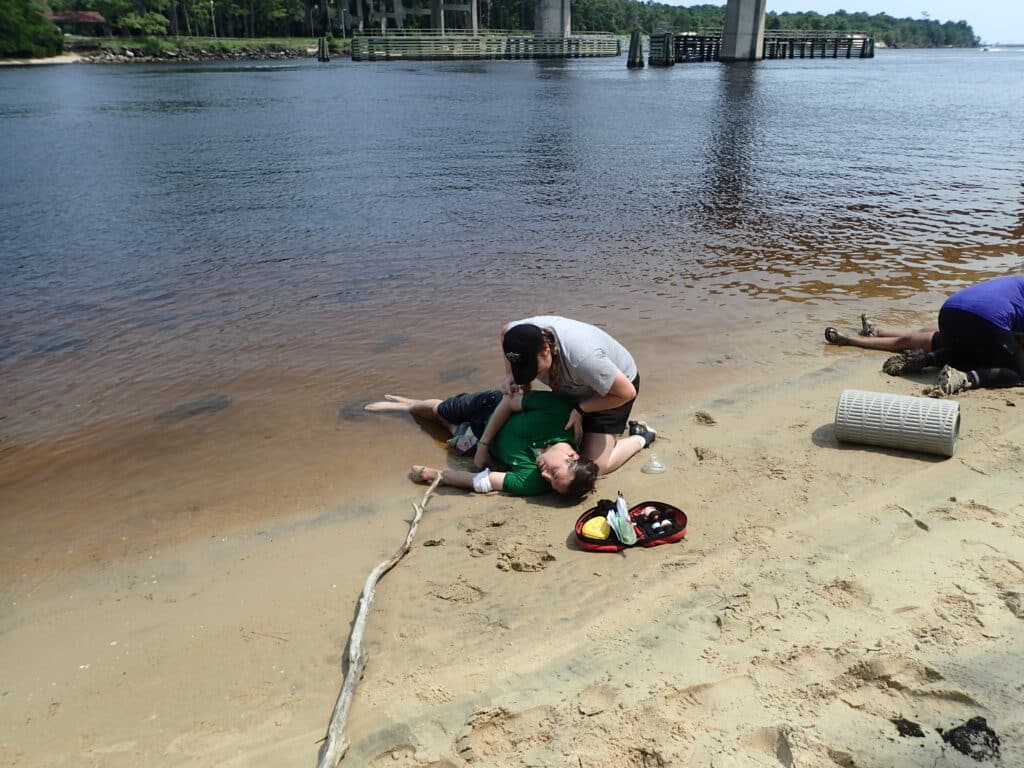
Of course, it’s during the spring and summer that most outdoor explorers are on the water, including those participating in backcountry expeditions. Lakes, rivers and streams provide much-needed relief in the backcountry on a hot August afternoon and are sought-after destinations for many outdoor enthusiasts.
For those training to become Wilderness First Responders (WFR) and those participating in Wilderness First Aid (WFA) training, a major consideration is assisting with medical emergencies that occur on or near the water. (more…)
Applying the Principles of ‘Leave No Trace’ to Daily Life in an Urban Setting
UncategorizedWhat is Leave No Trace?
The idea behind Leave No Trace is to embrace specific wilderness stewardship values in order to protect our backcountry areas for generations to come. Back in the early 1940s, Robert Baden-Powell, founder of the world Scouting movement, said, “Try and leave the world a little better than you found it.” Over time, this morphed into, “Always leave your campground cleaner than you found it.”
Fifty years later, in the early 1990s, that Leave No Trace concept was immortalized through an educational curriculum developed by the United States Forest Services in partnership with NOLS (the National Outdoor Leadership School). The outcome was an agreed framework for instilling awareness on the part of wilderness travelers to interact with nature in a manner that reduces human impact.
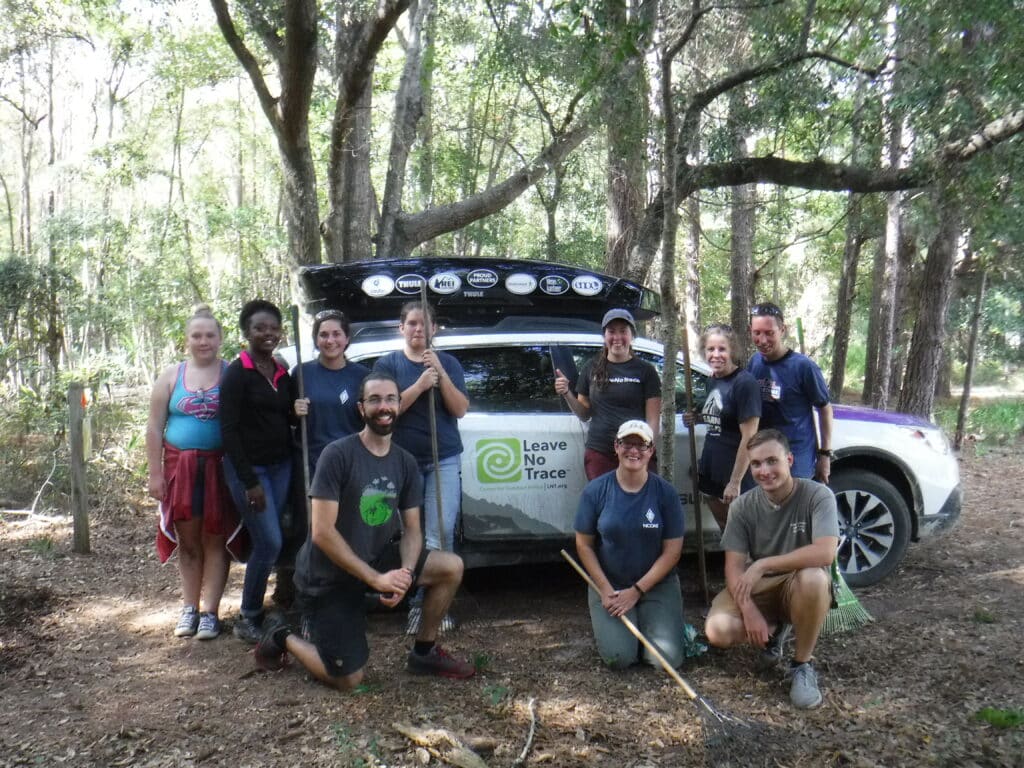
What is The Importance of Leave No Trace?
The idea behind Leave No Trace is to embrace specific wilderness stewardship values in order to protect our backcountry areas for generations to come. Today, that program — run by the Leave No Trace Center for Outdoor Ethics in Boulder, Colorado — impacts more than 15 million people in the United States and dozens of other countries with conservation initiatives, education, training, and research.
Baden-Powell’s simple sentiment more-or-less condenses the seven principles behind today’s Leave No Trace (LNT) program. The well-known LNT’s principles are: (more…)
Hurricane Florence Turns NCOAE Staff into Storm Troopers
Risk ManagementSay what you will about global warming, climate change and other hemispheric anomalies, but there’s no question in anybody’s mind that a Category 4 hurricane is making a direct bullseye run at Wilmington, N.C., and The National Center for Outdoor & Adventure Education (NCOAE) headquarters facilities.
The good news is that our staff have all become bona fide experts in matters related to risk management. Our co-founders Zac and Celine Adair — along with the rest of our hometown administrative team — are hard at work preparing our coastal headquarters for a direct hit from this latest storm which you can track online through the National Hurricane Center.
Here on our campus, NCOAE staff has spent the last 36 hours preparing for the worst possible outcome — a direct hit. Buildings have been boarded up, all outdoor furniture and materials capable of being turned into life-threatening projectiles have been removed from the property, which ‘as the crow flies’ is located just a mile from the Carolina coastline.
NCOAE vans have been packed up with a (more…)
2 Words When Natural Disaster Threatens Your Outdoor Campus: Be Prepared
Risk ManagementFor those of us who work day in and day out at The National Center for Outdoor & Adventure Education’s (NCOAE) headquarters in Wilmington, N.C., tropical storms and hurricanes are part of our environment.
Just last year, Hurricane Matthew paid our campus a visit — right in the middle of a three-week campus-based course. But just like the Boy Scouts, we place a great deal of stock in their motto: Be Prepared.
By the time that hurricane came roaring through, we had battened down the hatches at our headquarters facilities and moved everyone enrolled in the three-week training to the Raleigh Durham area where they finished out their course. By communicating that potential change far enough in advance, no one was surprised. Our students finished their certification program on time and were safe in doing so.
And now Hurricane Irma looms on the horizon, threatening to make landfall along our coastline sometime next week. According to the latest National Hurricane Center reports, Florida could face direct impacts, with potential paths for the storms including a move further east to encompass the Carolinas and the East Coast. Mandatory evacuations have already been ordered for the Florida Keys.
Outdoor education programs — especially those accredited by the Association for Experiential Education (AEE) — are well versed on what to do in the case of a backcountry emergency or disaster. But how do you prepare for a natural disaster on your own property?
Below are 14 tips that we undertake and suggest for other outdoor education programs facing a disaster that might affect their properties: (more…)
What’s Your Plan if Your Wilderness Group Becomes Lost?
Risk ManagementIn the 1997 film “The Edge,” starring Anthony Hopkins and Alec Baldwin, the pair find themselves lost in the Alaskan wilderness following a plane crash.
The Hopkins character tells the other man that most people who become lost in the wild die of shame. “They say, ‘What did I do wrong? How could I have gotten myself into this? And so they sit there and they die. Because they didn’t do the one thing that would save their lives — thinking.”
Great movie, with the protagonists stalked by a Kodiak bear, but the question it raises is this: It’s easy to feel lost, but have you ever really been lost?
Sitting in with a group of wilderness instructors, you’ll sometimes hear personal stories of temporarily losing their way on the trail, and many of our students tell stories of “getting lost” while leading their peers.
One definition of truly being lost means “having to be found by others.” But if you find your way back to your group or destination on your own, maybe you were just “feeling lost” and then your wilderness skills kicked in to get you back safely.
However you define it, we all need to refresh our knowledge of knowing our way around the backcountry.
When Feeling Lost and Alone
Below are some tips on what to do if you (more…)
Reducing Backcountry Risk Requires Planning and Assessment
Risk ManagementHere’s an outdoor educator’s nightmare: You’re walking through the woods and you spot a bunch of teens climbing barefoot on a rocky cliff leading to water. Other inexperienced campers clumsily tend a campfire that is about to get out of control. Still others in this group stand waist-deep in a river, oblivious to the fast-moving water just feet away, or the possibility of divers above them.
You look around and there doesn’t appear to be any adults, instructors or guides at this nightmarish campsite. What’s wrong with this picture?
First off, if you’re a professional outdoor educator or backcountry guide, you’re probably tempted to walk in amongst this mayhem and ask these youngsters what group they’re with and then ask them what it is they think they’re doing?
The Practice of Risk Management
Here at The National Center for Outdoor & Adventure Education (NCOAE), we take risk and site management seriously. To us, it’s far more than just a (more…)
TALK TO US
Have any further questions about our courses, what you’ll learn, or what else to expect? Contact us, we’re here to help!
